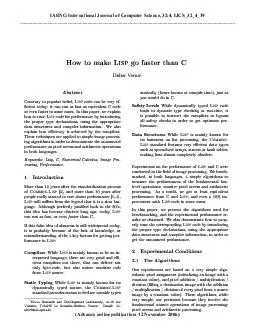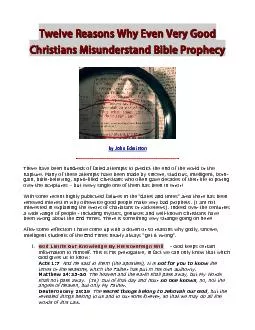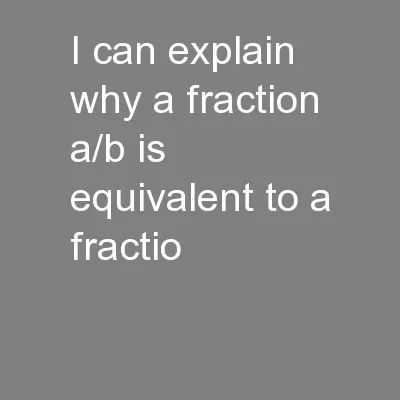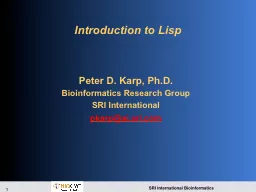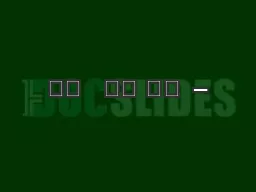PDF-Howtomake Lisp gofasterthanC DidierVerna Abstract Contrary to p opular b elief Lisp co
Author : lois-ondreau | Published Date : 2014-11-12
In this pap er we explain how to tune Lisp co de for p erformance by intro ducing the prop er typ e declarations using the appropriate data structures and compiler
Presentation Embed Code
Download Presentation
Download Presentation The PPT/PDF document "Howtomake Lisp gofasterthanC DidierVerna..." is the property of its rightful owner. Permission is granted to download and print the materials on this website for personal, non-commercial use only, and to display it on your personal computer provided you do not modify the materials and that you retain all copyright notices contained in the materials. By downloading content from our website, you accept the terms of this agreement.
Howtomake Lisp gofasterthanC DidierVerna Abstract Contrary to p opular b elief Lisp co: Transcript
Download Rules Of Document
"Howtomake Lisp gofasterthanC DidierVerna Abstract Contrary to p opular b elief Lisp co"The content belongs to its owner. You may download and print it for personal use, without modification, and keep all copyright notices. By downloading, you agree to these terms.
Related Documents

